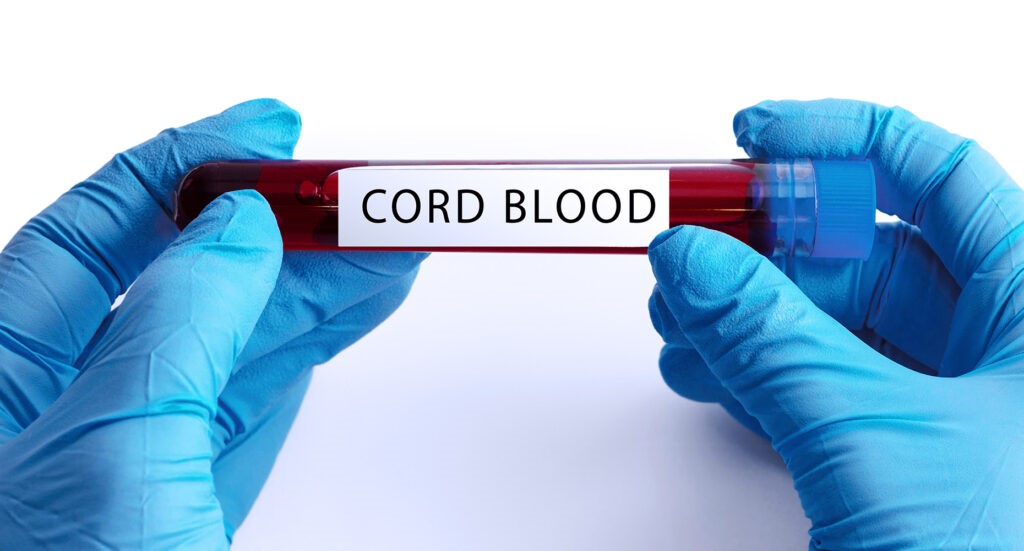What to know about Cord Blood during National Cord Blood Awareness Month
What is Cord blood?
July is National Cord Blood Awareness Month, which aims to raise awareness amongst expectant parents about the importance of saving cord blood and the valuable human cellular tissue products it contains. Cord blood is the blood remaining in your child’s umbilical cord following birth. It is a rich, non-controversial source of stem cells that must be collected at the time of birth. Stem cells are the building blocks of our blood and immune system. They are found throughout the body, including bone marrow, cord blood and peripheral blood. They are particularly powerful because they have the ability to treat, repair and/or replace damaged cells in the body.
Why is Cord blood collected?
Today, cord blood stem cells have been used in the treatment of nearly 80 diseases. Banking your baby’s stem cells guarantees the cells will be available to your family should you need to use them. Cord blood is also being used in emerging treatments, for diseases like Type 1 Diabetes & 2 and Cerebral Palsy, which require a child’s own cord blood. Stem cells from a related source are the preferred option for all treatments, and transplants using cord blood from a family member are more likely to be successful than transplants using cord blood from a non-relative.
How is Cord blood collected?
The collection process is safe, easy and painless for both mother and baby and does not interfere with the delivery. After the baby is born, but before the placenta is delivered, a medical professional will clean a 4 to 8 inch area of the umbilical cord with antiseptic solution and insert a needle connected to a blood bag into the umbilical vein. The blood flows into the bag by gravity until the umbilical vein is emptied. The blood bag is clamped, sealed, labeled and shipped by courier to a processing lab. The collection itself typically takes about 2 to 4 minutes.
Who can use my newborn’s stem cells?
Your newborn’s stem cells have the potential to be used by the child, and, if there’s an adequate match, by siblings and sometimes parents. An adequate match using related cord blood is defined as a 3 of 6 HLA Match. When two people share the same HLAs they are said to be a “match,” which means their tissues are immunologically compatible. Your newborn’s cord blood will always be a 100% match for themselves and there is up to a 75% probability of matching for a sibling.
Stem cells have been shown to be viable after more than 20 years of storage and the FDA does not require cryopreserved stem cells to have an expiration date. When stored in an undisturbed manner using liquid nitrogen vapor storage tanks, the stem cells do not age. If preserved and stored correctly, these cells are likely to be used indefinitely.
It is estimated that 1 in 217 people may need a stem cell transplant by the age of 70 using stem cells from the umbilical cord or bone marrow. The odds that someone would use the cells for regenerative medicine have been estimated to be 1 in 3.8.
How much is it to preserve Cord blood?
Generally, the cost for cord blood stem cell preservation may vary. Some companies offer payment plans and gift registries to help make banking affordable.
Cord tissue banking is an additional service that some cord blood banks offer. Cord tissue, used with cord blood in transplant, has shown to improve engraftment in preclinical studies. Cord tissue stem cells also have the potential to treat additional disorders, like stroke, lung cancer, and rheumatoid arthritis. Some banks offer “bundle and save” options when you bank both cord blood and cord tissue.
For information on Cord blood call 1-877-Cord Facts (877-267-3322) or visit pascackmedicalgroup.com to speak to your provider today.




